Why is an SSD Lighter Than a Regular HDD?
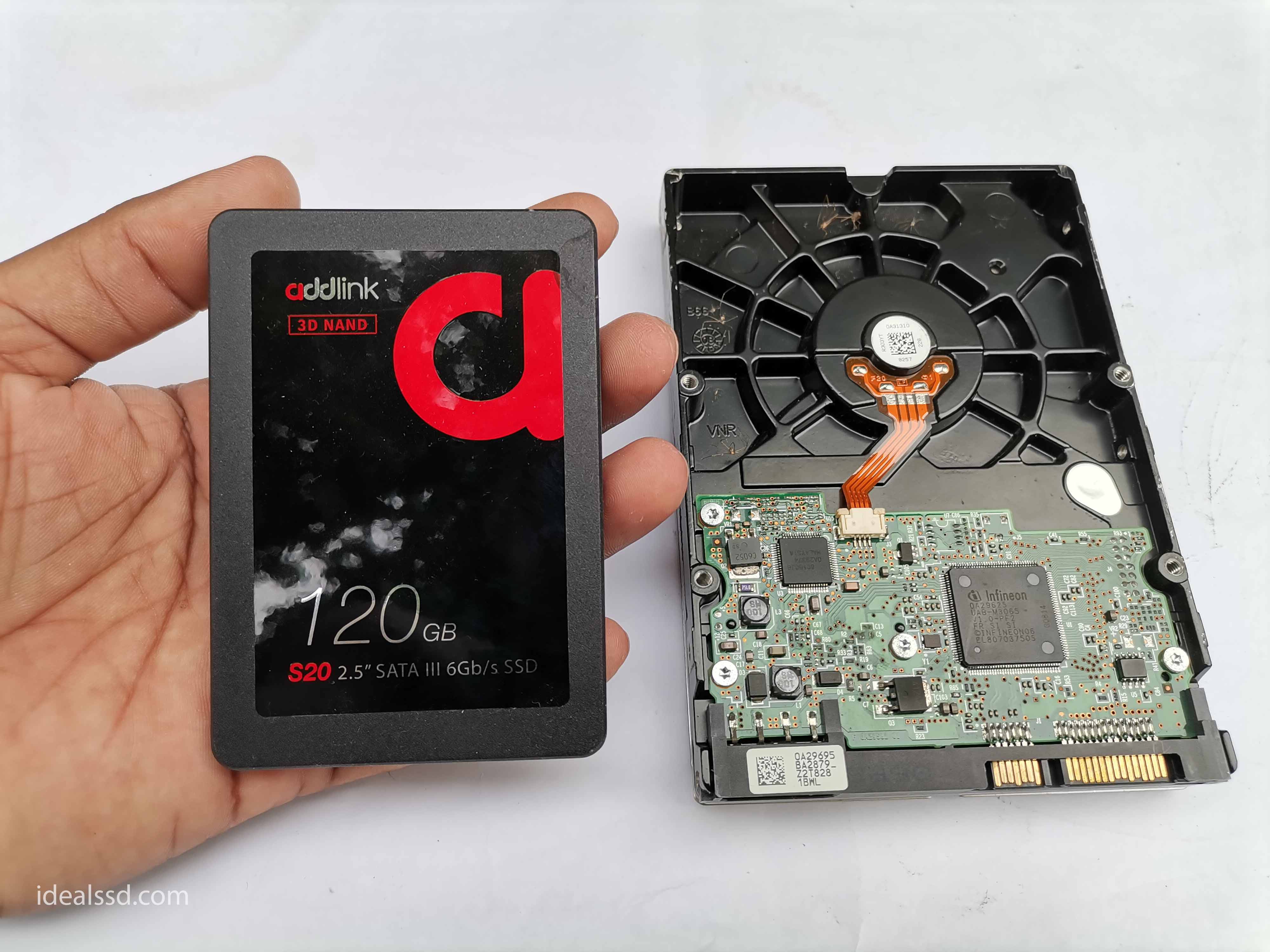
Solid-state drives (SSDs) are a popular storage device used in computers and laptops due to their lightweight, fast performance, and long-lasting durability. SSDs are also highly reliable, as they have no mechanical components that can break or fail as traditional hard drives do.
If you want the answer straightforward without dragging, SSDs are lightweight because they don’t have any moving parts. Hard Disk Drives (HDDs) have spinning disks and read/write heads, so they are heavier. Instead of metal parts, SSDs have electronic components like memory chips and controllers that make them lighter.
Why SSDs Become So Popular?
Due to their flash-based memory, these drives have replaced traditional hard drives and are much faster than previous alternatives. This results in reduced access time and faster data transfer speeds, which makes computers perform faster.
For eg, if you take a regular HDD, avg read speed will be around 80-160MB/s, and for SSD, if you have a SATA SSD, it would be up to 550 MB/s, and if you have an NVME SSD like Samsung PRO, it has 7000MB/s read speed.
Size Comparison Between HDD and SSD Types
Following WD 2TB HDD comes with a 180 MB/s transfer rate with 256 MB cache memory. Note the size of the HDD in regard to the SSDs you have seen. The two main physical sizes of hard drives today are
- 2.5-inch
- 3.5-inch
Those refer to the size of the data platters rather than their exact dimensions. As a rule of thumb, 2.5-inch drives are used almost exclusively in laptops, while 3.5-inch drives typically power desktop computers due to their larger form factor and superior storage space capacity.

The physical size of an SSD is also much smaller than a traditional hard drive, which makes them ideal for laptops and other portable devices where space is at a premium. This means that they don’t take up as much room in your computer or laptop and weigh much less than traditional hard drives. This makes them perfect for taking with you on the go as well.
SSDs come in different sizes and storage capacities, with some of the most common types being
- 2.5-inch Serial ATA,
- M.2 SSDs,
- U.2 SSDs.
The 2.5-inch SATA is a common type similar in size to the hard drives found in laptops. It looks like a credit card and needs SATA and power connector to connect to the motherboard. Take a look at the below SATA SSD from Transcend. If you want to know more about connecting cables of these SATA SSD refer to my article What Cables Do I Need For SSD? Simplified Guide
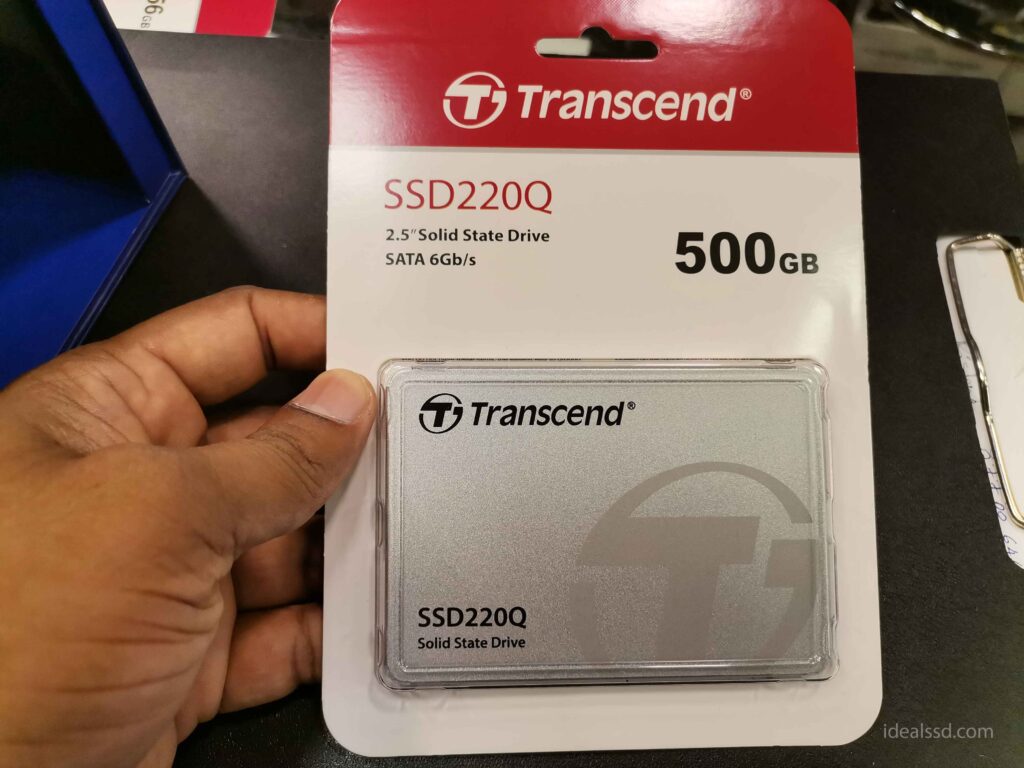
M.2 SSDs are approximately 22mm wide by 80mm long and resemble the shape of a RAM stick, offering up to 8TB of storage space for those in need of large storage capacities. For comparison purposes, I uploaded an image from the same brand, Transcend. For your info below is an NVME drive. You can see the same M.2 interface in SATA too.
To know more about NVME SSD refer
- What Is NVME SSD? The Future of Solid State Drives
- Which SSD is More Durable: SATA or NVME?
- Best 1TB NVME SSDs Under $100
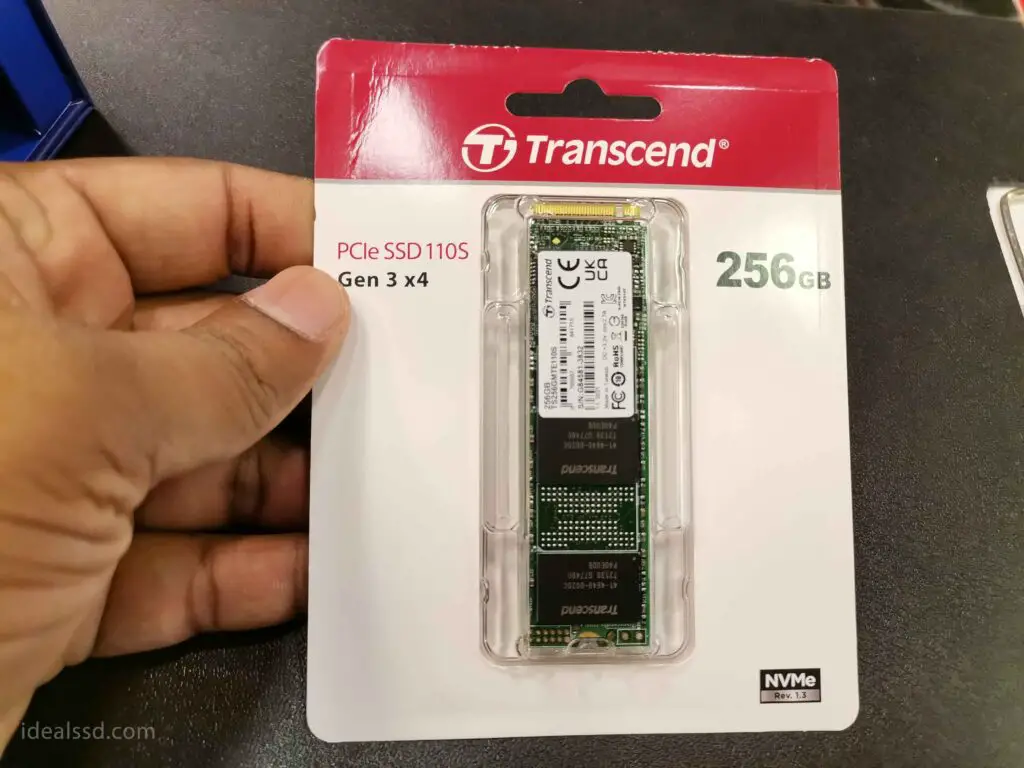
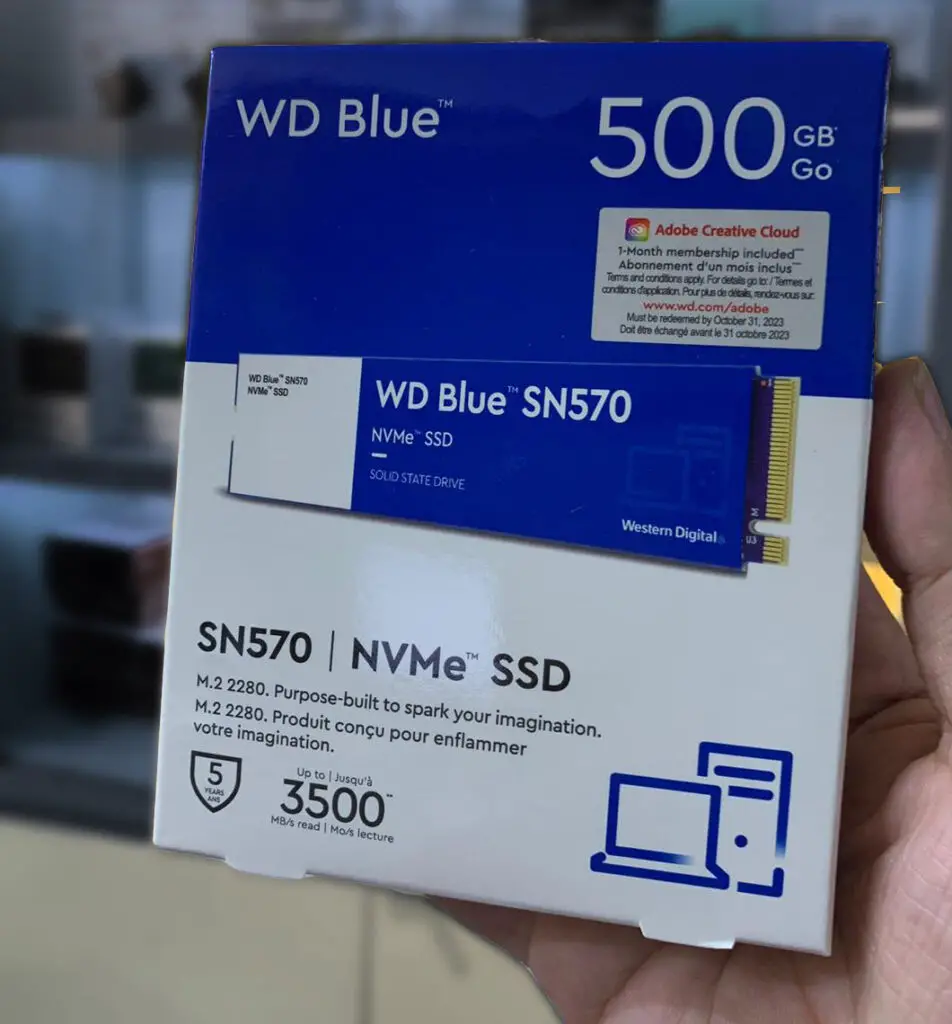
Below M.2 drive is from the SATA interface. To know more about M.2 SATA refer What Is an M.2 SATA SSD? Why You Should Care?
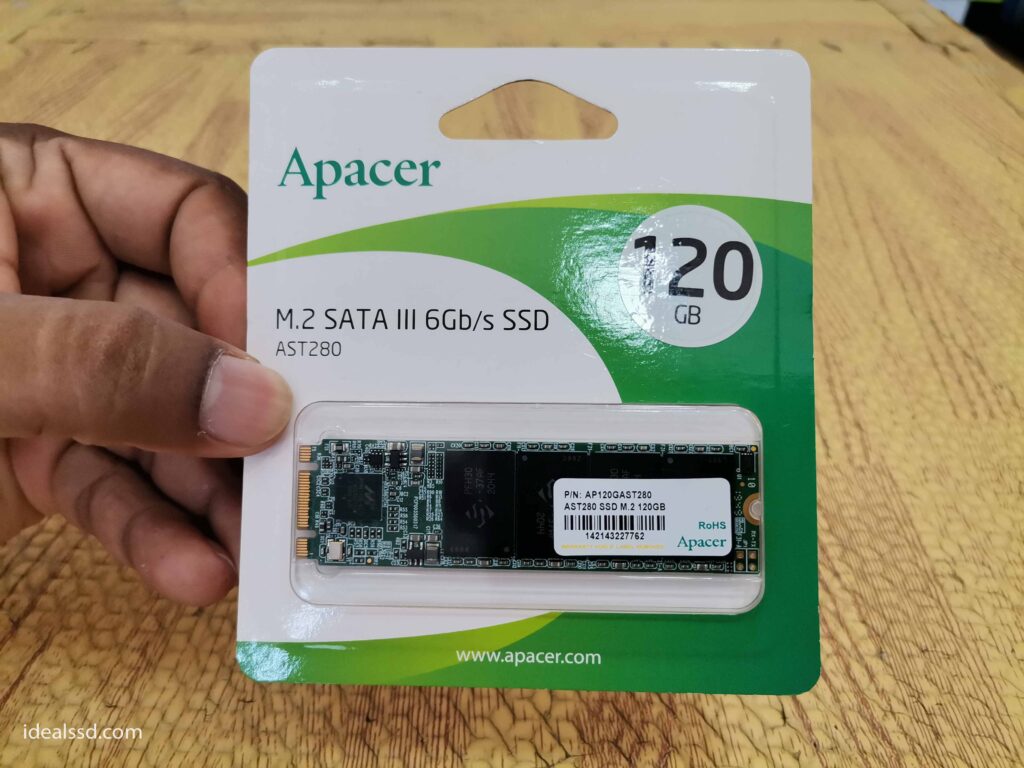
U.2 SSDs are a variant of the 2.5-inch SSD and use the Peripheral Component Interconnect Express interface, allowing faster data transfer.

To know more about U.2 SSD type refer M.2 vs U.2 SSD: Which is Better for You?
M.2 SSDs are the lightest SSDs in the market, weighing below 8 gm. Notably, the weight of M.2 SSDs does not increase with storage space, making them a perfect choice for those looking for lightweight storage devices.
Manufacturing Process of an SSD
SSDs are manufactured by installing memory chips on a circuit board. This involves processing silicon wafers through a series of steps to make them fit for SSD production.
Additional elements are added, and a light-sensitive fluid is used to flash ultraviolet light rays through a glass stencil of an electrical circuit, imprinting the circuit on the wafer. The wafer is then washed to remove any leftover product and cut into different sizes, depending on the desired SSD to be manufactured.
I know these are some technical savvy words for you if you are a beginner. I am trying my best to explain it as simply as it is. After all the components are carefully fitted to the board, they are placed in an oven and fused together. Quality control tests are conducted afterward to ensure proper functionality.
Silicon wafers are the fundamental materials used to create Solid-State Drives (SSDs), with additional parts such as copper and silicon dioxide added during production. I saw great article on following link from the Crucial SSD brand. Actually its one of my favorite SSD type. https://www.crucial.in/articles/about-ssd/how-are-ssds-made
Hard disk drives are generally made out of multiple parts assembled together, unlike an SSD, which has only a couple of components. The major parts of an HDD include the spindle, platters, read/write arm, and actuator. The number of platters depends on the storage capacity, and the spindle is responsible for spinning the drive to read and write information.
The read/write arm converts the magnetic surface of the platters into an electric current, while the actuator positions the arm for storing or accessing the data. The read/write arm and the actuator are made out of metals such as copper. Compared to an HDD, a 2.5-inch SSD will weigh between 45 to 60 grams only, while a 2.5-inch HDD will weigh approximately 115 to 120 grams.

